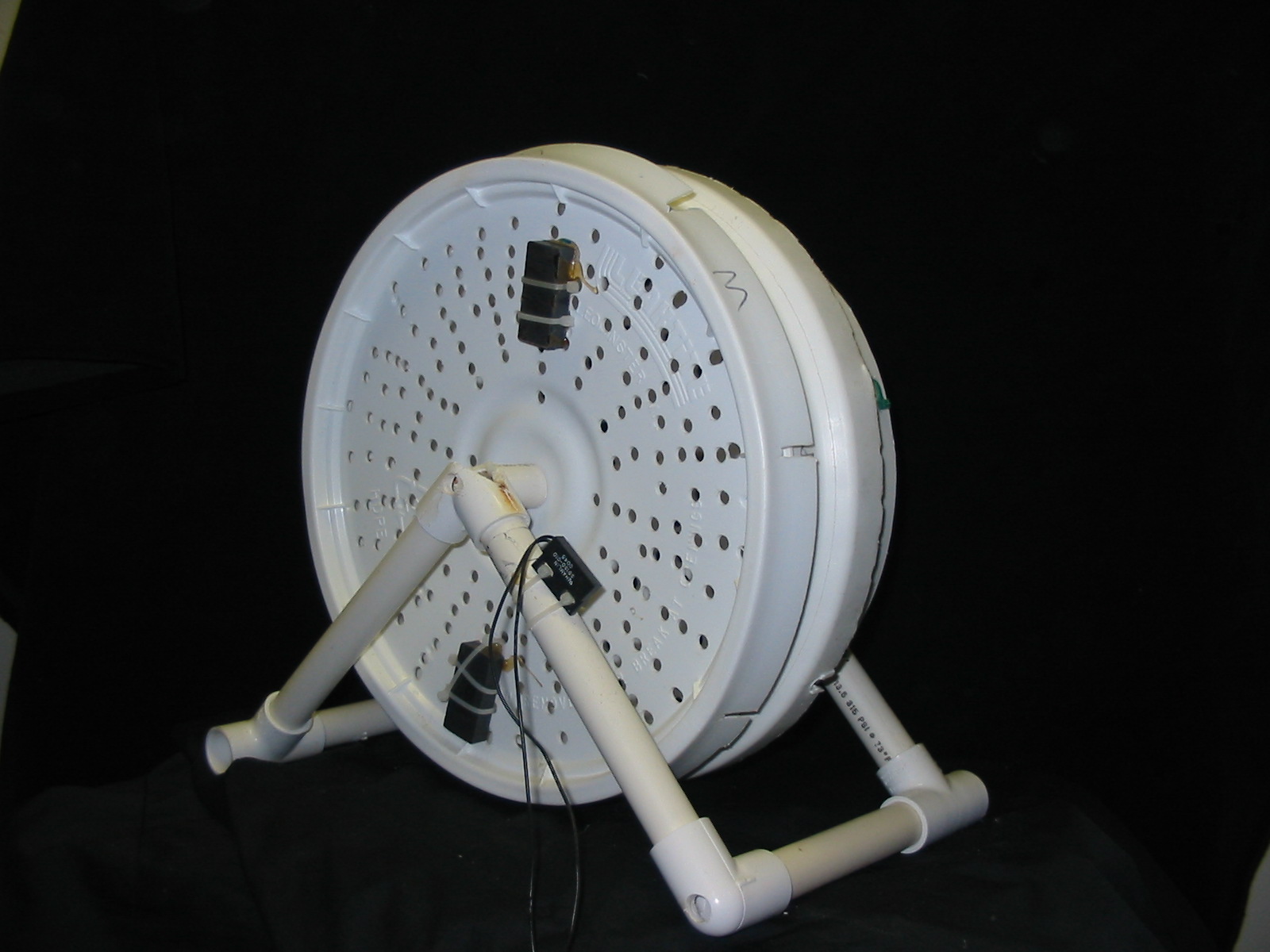Horseshoe Crab
Biological Rhythms- from Molecules to Ecosystem
Biological rhythms and the endogenous clocks that drive them are virtually ubiquitous among living organisms. In humans, there is hardly a tissue or function that has not been shown to have a 24 h rhythm, including cognitive, cardiovascular, and respiratory functions, as well as hormonal secretion and drug efficacy. Interestingly, the molecular mechanisms that drive these clocks exhibit a very high degree of similarity among such widely diverse species as humans and insects and much of what we know about circadian rhythms comes from model systems such as Drosophila and the American horseshoe crab, Limulus polyphemus. Over the past decade, it has become clear that organisms possess a multiplicity of these clocks and that the interactions between the clocks may be crucial to understanding many issues of human health. While much is known about the circadian clock, the clock that drives our daily rhythms, virtually nothing is known about the molecular mechanisms of other types of clocks that drive annual, lunar-monthly, or tidal rhythms. Horseshoe crabs are an excellent model species for investigating the interactions of multiple clock systems as well as the mechanisms that control the expression of these biological rhythms, from the level of the molecular mechanisms to the robust behavioral and physiological rhythms that they exhibit. Results from our research will be relevant not only to diseases that are associated with a disruption to these rhythms (Seasonal Affective Disorder, Bipolar Disorder, drug addiction and sleep disorders as well as cancer) but also to an understanding of the control of dozens of bodily functions that vary by time of day and which are in some cases controlled by different clocks. Overall, we are also seeking to learn more about the molecular mechanisms of biological clocks, how multiple clocks are coordinated, and what substances might mediate the influences of clocks on various behavioral and physiological functions.

Publications
(submitted) Watson, W.H., S.K. Johnson, C.D Whitworth, and C.C. Chabot. Rhythms of locomotion expressed by freely moving horseshoe crabs, Limulus polyphemus,, in the Great Bay estuary, NH. J. Exper Biol.
2014, Chabot, CC and WH Watson III. Daily and tidal rhythms in intertidal marine animals. Pp. 41-63. IN: Annual, Lunar and Tidal Clocks: Patterns and Mechanisms of Nature’s Enigmatic Rhythms. H. Numata and B. Helm (Eds).
2013 Dubofsky, B.A., W.H. Watson, S. D. Simpson, and C.C. Chabot. Patterns of activity in juvenile American horseshoe crabs. Biol Bull. 225: 42-49. PDF
2013 Anderson, R.L., W.H Watson, C. C. Chabot. The effects of biomedical bleeding on physiology and behavior of the American horseshoe crab, Limulus polyphemus. Biol Bull 225:137-151. PDF
2011, Chabot, C.C., J.F. Yelle, C.B. O’Donnell, and W.H. Watson III. The effects of water pressure, temperature and current cycles on circatidal rhythms expressed by the American horseshoe crab, Limulus polyphemus. Mar. Fresh Behav. Physiol. 44: 43-60.
2010, Chabot, C.C. and W.H. Watson. Horseshoe crab behavior: patterns and processes. Current Zoology 56: i-iv. PDF
2010, C.C. Chabot and W.H. Watson. Circatidal rhythms of locomotion in the American horseshoe crab Limulus polyphemus: Underlying mechanisms and cues that influence them. Current Zoology 56: 499-517. PDF
2010, W.H. Watson and C.C. Chabot. High resolution tracking of adult horseshoe crabs Limulus polyphemus in a New Hampshire estuary using fixed array ultrasonic telemetry. Current Zoology 56: 599-610. PDF
2010, S.Y. Schaller, C.C. Chabot and W.H. Watson. Seasonal movements of American horseshoe crabs Limulus polyphemus in the Great Bay estuary, New Hampshire (USA). Current Zoology 56: 587-598. PDF
2008 C.C. Chabot, S.K Skinner, and W.H.Watson. Rhythms of locomotion expressed by Limulus polyphemus, the American horseshoe crab: I. Synchronization by artificial tides. Biol. Bull. 215: 34-45. PDF
2008 W.H. Watson, L.B. Bedford, and C.C. Chabot. Rhythms of locomotion expressed by Limulus polyphemus, the American horseshoe crab: II. Relationship to circadian rhythms of visual sensitivity. Biol. Bull. 215: 46-56. PDF
2007 Chabot, C. C., S.H. Betournay, N. Braley, and W.H. Watson. Endogenous rhythms of locomotion in the American horseshoe crab, Limulus polyphemus. J. Exp. Marine Biol. Ecol. 345: 79-89. PDF
2004 Chabot, C.C., J. Kent, and W.H. Watson, III. Circatidal and circadian rhythms of activity in Limulus polyphemus. Biol Bull.207: 72-75. PDF